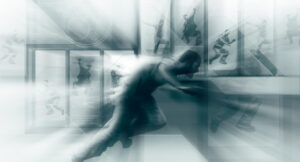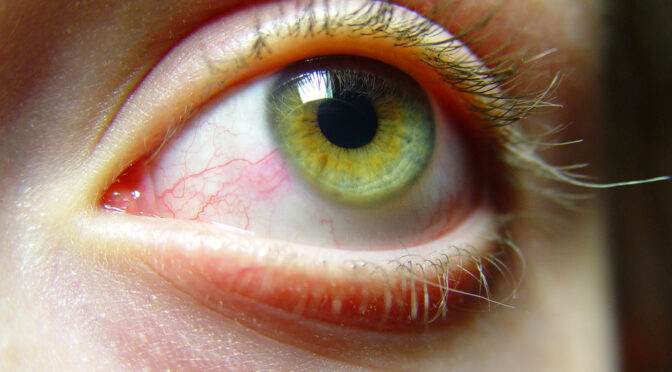Imagine being thousands of miles away on a remote island while the sun beats down on your skin. Most of us imagine this every day, but what if there was a way to use your mind to travel to that exact spot? This is where remote viewing comes into play, and it’s something the CIA experimented on for decades.
What is Remote Viewing?
Remote Viewing is a type of Out-Of-Body-Experience where a person can give detailed descriptions and information about something hidden from physical view and separated by a great distance. It is typically used through Extrasensory Perception (ESP) by sensing with the mind to create an image or shape.

Beginning in the 1970s, The CIA along with Stanford University conducted experiments on the phenomena and found multiple individuals were able to describe objects in rooms where their physical bodies were not, often in remote locations thousands of miles away.
Their objective was to use remote viewing as an espionage tactic in gaining intelligence during The Cold War.
Results
United States Major General Albert Stubblebine who oversaw much of the project, claims that they were able to view the exterior and interior of structures on Mars that were clearly not made by humans. Although, this has yet to be verified as of today.
There was a participant, Ingo Swann, who was able to describe a ring around Jupiter that scientists at the time had not seen before or even known of its existence. It was confirmed when the NASA Pioneer 10 flew by shortly after.
Along with this, several CIA personnel with no previous exposure to the phenomena participated in the experiment, generating successful target descriptions which really makes you wonder just how much more there is to learn about our own mind.

How to Remote View For Beginners
Time:
5-10 minutes
What you need:
– A few opaque envelopes
– Several different, clear pictures of objects
– Blank paper
– Writing utensil
– A friend/helper
1. Have your friend select several clear, interesting photos with strong shapes, lines and colors to place into separate, numbered opaque envelopes (it’s important you can’t see through).
2. Grab blank white paper and a writing utensil, select the first envelope and write “Target 1” on the page. You will be sketching what you perceive.
3. When you are finished write END at the bottom of your page and make no further marks on the page.

4. Compare results with the image and see where you were right and wrong.
Notes:
– Sharp, clear mental images are often “noise” and should be ignored. A true viewing experience will be hazy and vague but still manageable to make out an object.
– Record other bits of perception you experience: smell, taste, color, etc., you will never get a full picture of what you see but all these combined will help form an image.
– Don’t force a correlation where there isn’t one, it won’t help your progress in the end.
For more details and other simple tests check out http://www.irva.org/remote-viewing/howto.html
Conclusion
In the end, the results of the experiments were still too inconclusive to be used for meaningful intelligence gathering purposes so the project was disbanded in 1995. Many still believe remote viewing to be possible, however, and have started their own organization known as the International Remote Viewing Association (IRVA) founded by Paul H. Smith, a former Army Intelligence officer who served during the experiments.
Whether or not they will be able to conclusively prove the ability is a matter of time and patience, but there is still so much left to be explained in the universe that it’s hard to rule anything out at this point.
Sources:
http://www.lfr.org/lfr/csl/library/AirReport.pdf
http://www.princeton.edu/~pear/pdfs/1979-precognitive-remote-viewing-stanford.pdf

